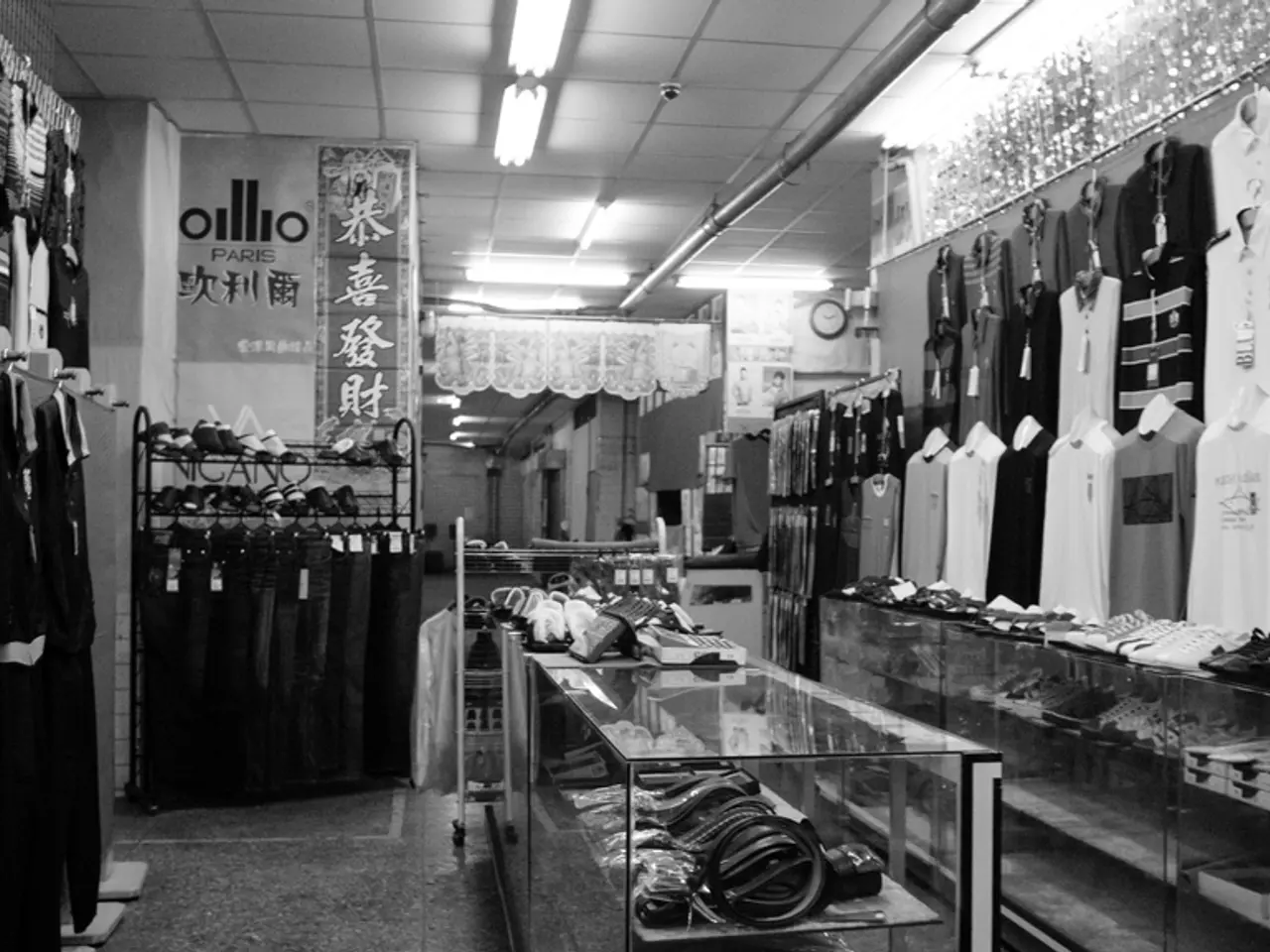Developing Your Personal Underwear Brand: A Step-by-Step Guide
In the ever-evolving world of fashion, the underwear market presents an exciting opportunity for new businesses. With a growing demand for niche brands that prioritize comfort, sustainability, and unique designs, now is the perfect time to bring an underwear line to life.
Step 1: Research and Supplier Selection
The journey begins with identifying manufacturers specializing in underwear or lingerie. Industry directories, trade platforms, or local sources can be valuable resources. For instance, in India, reputable suppliers in Ernakulam are known for their expertise in bra production.
Once potential suppliers are identified, it's crucial to evaluate them rigorously. Key criteria include production capacity, quality control, compliance certificates, communication responsiveness, and past client reviews. Sourcing agents or companies with broad networks and specialized expertise can help tap into reliable manufacturers with suitable customization options and manageable minimum order quantities.
Requesting samples from several suppliers is essential to assess product quality, consistency, fit, fabric, and craftsmanship. This also helps gauge supplier reliability in terms of on-time, in-full delivery (OTIF), defect rates, and lead times.
Step 2: Design and Product Development
With a reliable supplier in sight, the next step is to develop detailed product specifications, including style, materials, colors, sizes, and trims. This ensures manufacturers understand your vision and requirements.
Working closely with manufacturers or third-party designers, create tech packs or prototypes. Iteration with samples is crucial to finalize the design details and fabric choice.
Step 3: Production
After approving samples, finalize production quantities and timelines. Negotiate terms including price, turnaround time, quality standards, and shipping. Ensure the supplier can meet your volume demands and maintain consistent quality across batches. If possible, conduct factory audits or request certifications to verify production capabilities and working conditions.
Maintain clear communication and quality checks during production to catch and fix issues early.
Step 4: Branding and Packaging
Coordinate with the manufacturer for custom branding such as labels, tags, packaging design, and possibly eco-friendly or unique presentation that fits your brand identity. Use samples for marketing collateral, photography, and e-commerce listings to ensure authentic representation.
Step 5: Logistics and Fulfillment
Plan shipping methods (air, sea, or courier), costs, customs clearance, and warehousing. Consider suppliers that offer direct shipping or dropshipping if you want to reduce inventory handling. Prepare for inventory management and buffer stock to avoid delays from production variability or shipping disruptions.
By systematically conducting supplier due diligence, requesting and testing samples, collaborating on product design, ensuring quality production, and planning efficient logistics, you establish a strong process for creating a reliable, high-quality underwear line through B2B manufacturing.
With a well-planned strategy, a clear understanding of the market, and a commitment to quality, your underwear brand is ready to make its mark in the industry.
- As a small entrepreneur, it's crucial to carefully assess potential suppliers in the fashion-and-beauty industry, focusing on factors like quality control, turnaround time, and past client reviews, to ensure customer satisfaction.
- To create a competitive edge, prioritizing unique designs, sustainability, and comfortable materials in product development can catapult your underwear brand towards higher customer satisfaction and increased financial success.
- Efficient logistics, such as negotiating reasonable shipping costs and customs clearance, can significantly reduce expenses for your small-business in the underwear market, thereby improving your overall financial performance.
- While taking care of production timelines, adhering to quality standards, and maintaining open communication with manufacturers, never overlook the importance of branding and packaging, as they play a vital role in strengthening customer loyalty and contributing to business growth in the ever-evolving lifestyle market.




